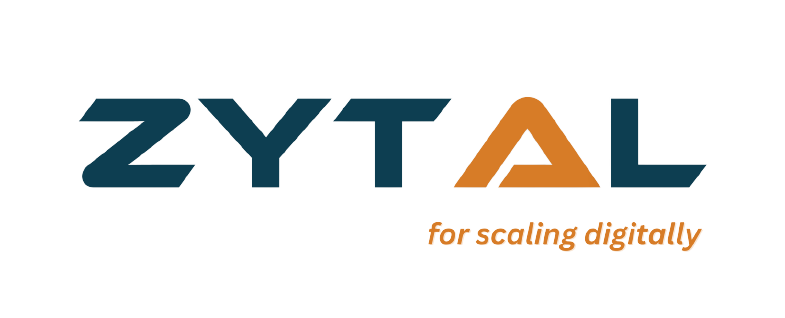A person named Beeple sold his product as the NFT. Also, the JPEG image “Everydays: The First 5,000 Days” sold for $69.4 million, the highest price paid in an NFT. It is also the third most expensive thing among living artists. So what is this non-fungible token, and why is it expensive?
What is an NFT
NFT means non-fungible token. A token is an item that is fastened to a cryptocurrency. Its ownership is secure and verifiable as NFTs can be tracked via blockchain records.
An NFT token is a unique or nearly-unique (i.e., issued in limited quantities) token that cannot be interchanged with another one. For example, in this art world, an NFT piece would be an authentic painting or a numbered print of a photograph.
The NFTs can be bought and sold with a digital currency such as bitcoin, dogecoin, or ethereum. So while physical art can be forged, stolen, or destroyed, NFT exists as long as there is a record and computers to view it.
How Does NFT Differ from Cryptocurrency
NFT is typically built using the foundation similar to cryptocurrencies such as bitcoin or ethereum, but this is where the similarity ends.
Physical money and cryptocurrencies are “convertible,” which means they can be traded or exchanged for each other. They are also equal in value—one dollar is always worth another dollar. One bitcoin is always equal to another bitcoin. The fungibility of crypto makes it a reliable means of transacting on the blockchain.
NFTs are distinctive. Each NFT consists of a digital signature that makes it impracticable to be exchanged for or equal to one another.
How Do NFTs Work
If you are familiar with bitcoin and other cryptocurrencies, you must have recognized our description of NFTs. They share many of the same properties as cryptocurrencies because they both are based on blockchain technology.
A blockchain is a digital ledger that lists transactions as a series of blocks. Each block contains a cryptographic digest that links to the previous block. The result is a growing list of cryptographically linked records.
The blockchain is divided into thousands of computers, each with its own instance. Since blockchains are distributed and cryptographically linked, the data in their possession is impossible to change, allowing transactions to be stored reliably without a central authority.
Blockchain technology was initially developed for alternative assets such as cryptocurrencies. But the Ethereum blockchain, among others, also supports tokens that include information about digital assets.
When Vignesh Sundaresan—also known as MetaKovan—paid $69 million for Beeple’s digital art, he bought the right to transfer the relevant NFT to his digital wallet to prove he “owns” Everydays — The First 5000 Days.
Investors are interested in NFTs and want to see for themselves what they are. As a result, NFTs have become a trendy blockchain technology and are growing in popularity.
The creator of the NFT holds the copyright to it and the right to duplicate it as many times as he wants. He/she may produce multiple copies of the original – and if the buyer of the NFT wishes to make copies, they must obtain permission from the manufacturer – and each is considered a unique NFT.
Similar to physical collectibles, replicas will not be as valuable as originals, and supply and demand will affect the value of NFTs.
In some cases, the creator will receive a royalty each time an NFT is sold, although there is currently no universal system. For example, holders of Eulerbeats Originals – an NFT audio-visual platform – receive an 8% set of print prices for each copy sold of their native token.
How Can You Buy an NFT
NFTs are purchased through third-party online marketplaces or NFT exchanges.
Founded in 2018, OpenSea is the world’s largest digital marketplace for cryptographic stores and NFTs. Other popular sites for NFT transactions include Superfarm, Rarible, Ethernity, and more. While transaction details may vary slightly by site, the blockchain auction will open during the allotted time.
NFTs isn’t Money, But it Could Cost You
Like bitcoin, non-fungible tokens rely on the decentralized power of blockchain technology to verify their authenticity. But unlike bitcoin, they are not interchangeable. You cannot swap any old NFT for a car or pizza, as each NFT is tied to a specific digital asset – a coupon, a piece of art, a collection of trading cards.
Each bitcoin has the same value at the same time, not so with NFTs. In short, think of NFTs as a unique, digital version of a certificate of authenticity, publicly rubber-stamped by the blockchain.
How much are NFTs Worth
In theory, anyone could tokenize their work to be sold as NFTs, but headlines of multimillion-dollar sales have recently fueled interest.
On February 19, an animated Gif of Nyan Cat – a 2011 meme of a flying Pop-Tart cat – sold for over $500,000. After a few weeks, musician Grimes sold some of his digital art for over $6m. It’s not just art that is tokenized and sold. Twitter founder Jack Dorsey has previously promoted the NFT tweet, with bids hitting $2.5 million.
Christie’s sale of an NFT to digital artist Beeple for $69m (£50m) set a new record for digital art. But with cryptocurrencies, there are concerns about the environmental impact of maintaining a blockchain.
Conclusion
Wherever there is money, there are financial crimes. There are no known cases of money laundering as this is a very new market, but as with anything sold at high prices, the NFT market is also risky for AML. Crypto companies have to provide a secure experience to their users to avoid reputation loss and financial problems.
